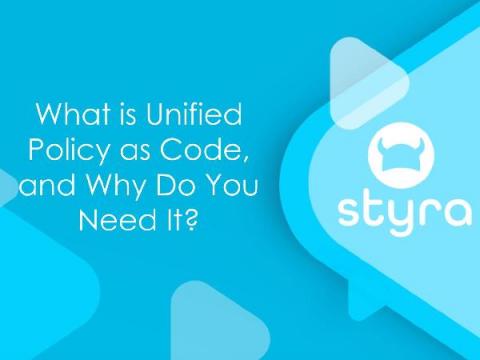Uncovered: Little-known scalper tactics beyond bots
Scalpers are becoming increasingly sophisticated, not just in their use of advanced bots, but also in less obvious ways to get a hold of their desired goods. Here at Netacea we are dedicated to preventing fraud by monitoring, identifying and stopping malicious bots in their tracks. We are so steadfast in this goal that we have even created a MITRE ATT&CK style framework that defines automated attack kill chains – NetBLADE (Netacea Business Logic Attack Definition).











